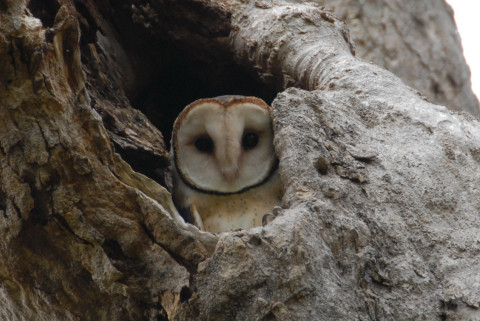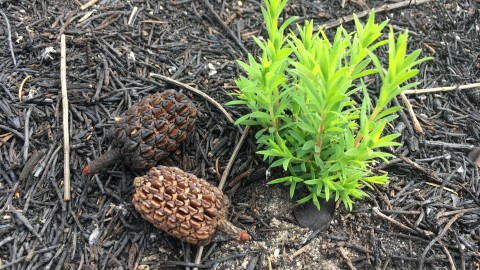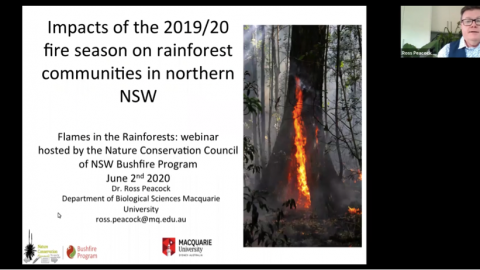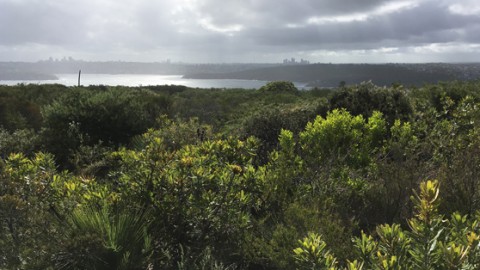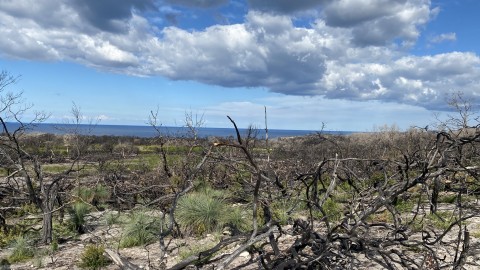Continuing its mission to monitor and protect essential large forest owl populations, the Nature Conservation Council of NSW’s (NCC) Large Forest Owl Project has released two guide booklets through their Safe Havens Project. These guides assist landholders and land managers in identifying large forest owls and improving management of their habitat. The first booklet covers identifying owl species, habitat use, nesting, diet, hunting techniques and signs of occupancy. The second booklet offers fire management guidance to protect these birds, including protecting hollow bearing trees, installing nestboxes, and reducing owl threats such as rodenticides and barbed wire fences. Further detail on each booklet can be found below.
Large Forest Owls of the Richmond Clarence Lowlands
The Large Forest Owls of the Richmond Clarence Lowlands booklet provides in-depth information on the three main species found in coastal lowlands of northeastern NSW: the Powerful Owl (Ninox strenua), the Barking Owl (Ninox connivens), and the Masked Owl (Tyto novaehollandiae). The coastal floodplains and foothills of the Richmond and Clarence Valleys provide large areas of forest with hollow bearing trees that provides essential habitat for these threatened species. This booklet aims to help landholders identify each owl type based on distinguishing features, calls, and presence of specific vegetation and prey, to help manage their land to continue to support them.
Access the guidebook here
Managing and Conserving Habitat
The Managing and Conserving Habitat booklet provides a helpful guide for landholders, demonstrating the importance of habitat protection in conserving these rare birds in the north coast of New South Wales, and also providing accessible instructions on how to start a land management plan. For example, landholders will learn how to manage patchy fires, and how low-intensity ‘cool burn’ fires protect hollow-bearing trees that provide habitats for large forest owls and their prey. They’ll also learn how to set up and maintain nestboxes for owl prey such as Squirrel Gliders (Petaurus norfolcensis) and Brushtail possum (Trichosurus vulpecula).
Access the guidebook here
The Large Forest Owl Project
The Large Forest Owl Project is committed to ensuring the survival of large forest owls, as they are a flagship species for the conservation and management of functioning mature forest ecosystems. In addition to the booklets linked to above, the Project leads monitoring, surveying, building and outreach programs that assist the recovery and improve the long-term viability of the large forest owls and arboreal mammals (gliders and possums) in the region. Initiatives include the Barking Owls of the Bungawalbin (BoBCat) habitat monitoring program and the Safe Havens conservation program, supporting landholders to protect and monitor these amazing species.
Learn more about the Large Forest Owls Project initiatives here https://www.nature.org.au/owls_project
Watch the Safe Havens video, outlining the NCC’s project to improve the long-term viability of large forest owls https://fireandrestoration.org.au/update-safe-havens-large-forest-owls-project/
This article was written by Julia Edgar, a volunteer supporting the Nature Conservation Council of NSW’s Bushfire Program.

